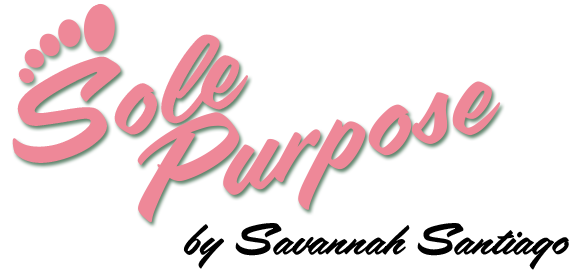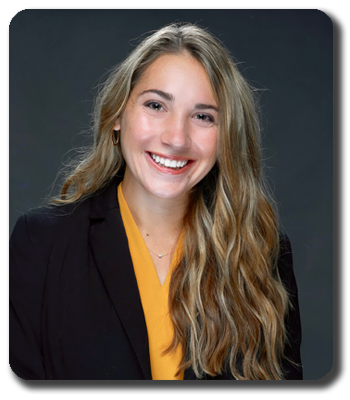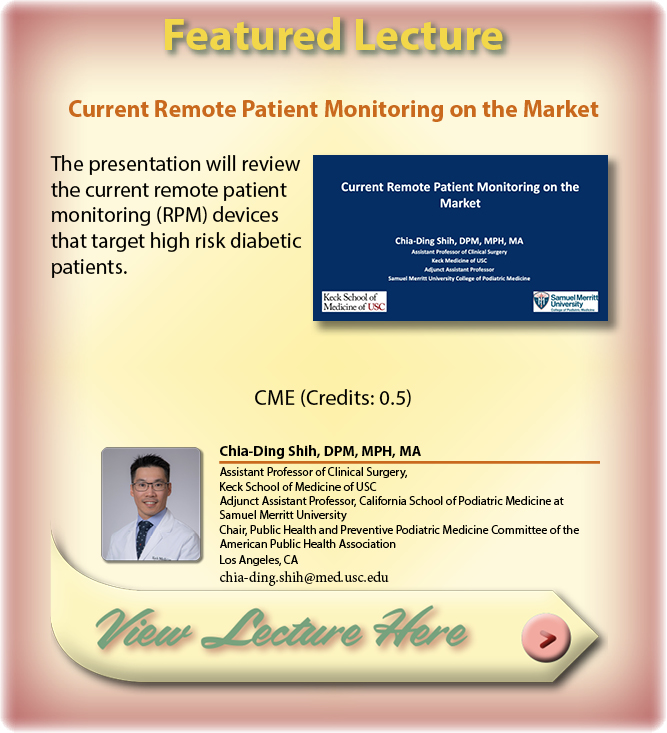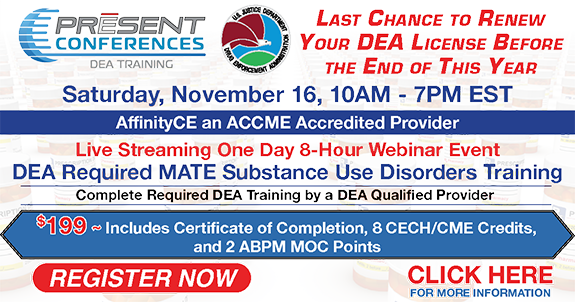
Sole Purpose 23
Writing Your Personal Statement
for Residency Applications: Part 1
Writing Your Personal Statement
for Residency Applications: Part 1

The Residency Application personal statement was one of the biggest stressors for me during residency applications. I was convinced it would either make or break my chances. However, after chatting with residency directors post-match and post-graduation, I realized that many places I applied to didn't even glance at my personal statement. That being said, there were a few that did give it a good look. Your personal statement can certainly enhance your application, but if not approached with care, it might not do you any favors.
During my frantic journey of crafting 10307 drafts (yes, I counted) of my personal statement, I dove deep into research. I rewrote it at least six times, scouring the Internet for insights, specially tailored for podiatry. Today, I want to ease the panic of students facing the same struggle. I'll also share some pearls of wisdom I gathered from patient family, friends, residents, and faculty who reviewed my statement. Plus, I'll throw in some helpful website links that guided me through the personal statement maze.
Your Personal Statement From Medical School Application
When revisiting my personal statement from medical school applications, I noticed a stark difference in tone and focus. In the realm of podiatric residency applications, you're not aiming to convince anyone of your desire to pursue podiatry—you're already in it. At this stage, applying to a podiatric residency implies a deep-seated passion for the field. While it's great to express that passion, there's no need to reiterate why you chose podiatry.
I received a valuable piece of advice from a program director in California: avoid recycling your medical school personal statement for residency applications. They can easily spot the copy-and-paste approach, and it's best to steer clear of that.
Be Genuine
Being genuine is key. You're looking for a residency program that aligns perfectly with who you are. If wound care isn't your thing, don't center your personal statement around it and then apply to wound care-heavy programs. Similarly, if research isn't your passion, don't make it the focal point of your statement and apply to programs heavy on research and IRB approvals.
Your personal statement should tell your unique story, showcasing your strengths and why programs should be excited about having you. It's not just about listing activities to fill your CV; it's about letting them get to know the real you.
Outlining
I began by brainstorming topics that would reflect who I am and what I bring to the table. This included clinical experiences, personal anecdotes, and key qualities I wanted to highlight. Identifying my strengths, I crafted stories that showcased these traits. I even went as far as taking a strengths quiz online to see if there were specific strengths I could focus on. From there, I structured rough paragraphs around central themes. However, my initial draft was overly lengthy at three pages, so I meticulously trimmed it down without compromising the quality.
Length
Try to condense your personal statement to one single-spaced page, or at most, spill over onto a second page minimally. This was a real challenge for me because I tend to be verbose and write with a lot of enthusiasm about everything I love. However, considering the sheer volume of applications program directors have to review, it's crucial to be concise and direct. Despite my penchant for "fluff," I kept some of it because it reflects my personality. I'm naturally bubbly, full of sunshine, and positive, and I wanted program directors to see that they'd be getting someone who starts their day with a gratitude journal (when not rushed or on call) and believes in the best of the world.


Structure
I received a valuable challenge from a thoughtful resident who reviewed my personal statement: avoid making my writing too linear. They don’t want to see a history – they want a summary. Initially, my first draft followed a chronological order, starting with a story from high school, then college, progressing through preclinical and clinical medical school, and concluding with a neat wrap-up. However, by my sixth draft, I reorganized my content based on the characteristics I wanted to showcase, abandoning the monotonous linear template.
You Do Not Need To Be a Podiatry GOD (or GODDESS)
Your personal statement doesn't have to feature dramatic heroics like rescuing a baby from a burning building and miraculously fixing its clubfoot. Mine, which I'll share next week, touched on everyday experiences like my background as an athlete, my long history of volunteering, and a particularly meaningful patient encounter.
Focus on Your Strengths!
This is a challenging aspect to address. In my personal statement, while maintaining an overall positive tone focused on my strengths, I did touch on a weakness that I turned into a strength. I approached this delicately, keeping the narrative uplifting and avoiding making excuses.
Before heading into residency interviews, I grappled with self-consciousness about my class rank. I had a slow start in medical school and faced a setback when I failed one of my first blocks due to falling short on a final neuro exam. This initially lowered my class rank, and I spent the rest of medical school working hard to climb back into the top quarter.



During externship applications, a program I greatly admired and still highly respect made it clear that my rank wasn't competitive enough. It was tough and made me feel self-conscious. However, with hindsight, I realized the insignificance of this moment. I was an exceptional student overall; while I did stumble on one exam, I never failed another and consistently performed well thereafter. I even took on the role of a peer tutor during preclinical blocks. I also ended up interviewing with this program, had an awesome interview, and highly considered their program. IT ALL WORKS OUT!
I chose to mention this setback in my personal statement, not to dwell on the failure itself, but to highlight my humility in acknowledging where I fell short and my resilience in bouncing back stronger. Some faculty members advised me to address this directly, admitting where I stumbled and framing it positively. Others suggested avoiding the topic altogether. Regardless of the approach, the key was to spin it into a narrative of growth and strength.
Grammar, Flow and Clarity
READ AND RE-READ your personal statement. Thoroughly review your personal statement multiple times and consider asking kind family and friends to lend their eyes for grammar and flow checks. The more perspectives you gather for corrections, the stronger your statement will become. However, it's crucial not to wait until the last minute to seek feedback. I had a friend who texted me the night before their residency applications were due, asking for an edit, but I was on call at the hospital and couldn't assist. Avoid this rush and ensure you give ample time for revisions and feedback.
Those are some of my general pieces of advice I have for you for writing a personal statement. Next week, I'll share my own personal statement and break it down paragraph by paragraph, explaining why I included each element. Below I will share some of the websites I used to brainstorm ideas and the strength exam I took! Best of luck to everyone!

- Dr Shapiro wrote a great article on personal statements as well:
Practice Perfect 884 - Residency Application Personal Statement: Your Chance to Speak
Follow This Link - Writing Personal Residency Statements
Follow this Link - Residency Personal Statement: The Ultimate Guide (Example Included)
Follow this link - How to Write a Personal Statement - Residency (DO's & DON'Ts + Tips!)
Follow this link - Writing a Personal Statement for Residency Application
Follow this link - Strength Test:
Follow this link





























Comments
There are 0 comments for this article